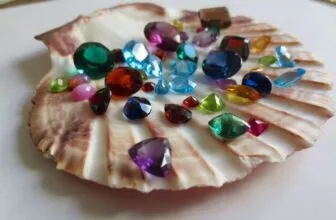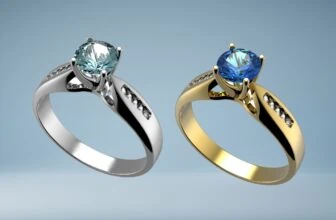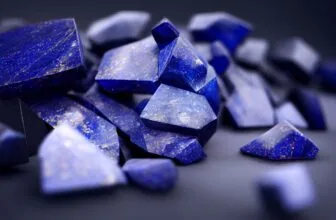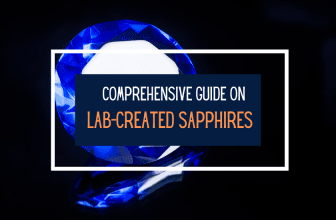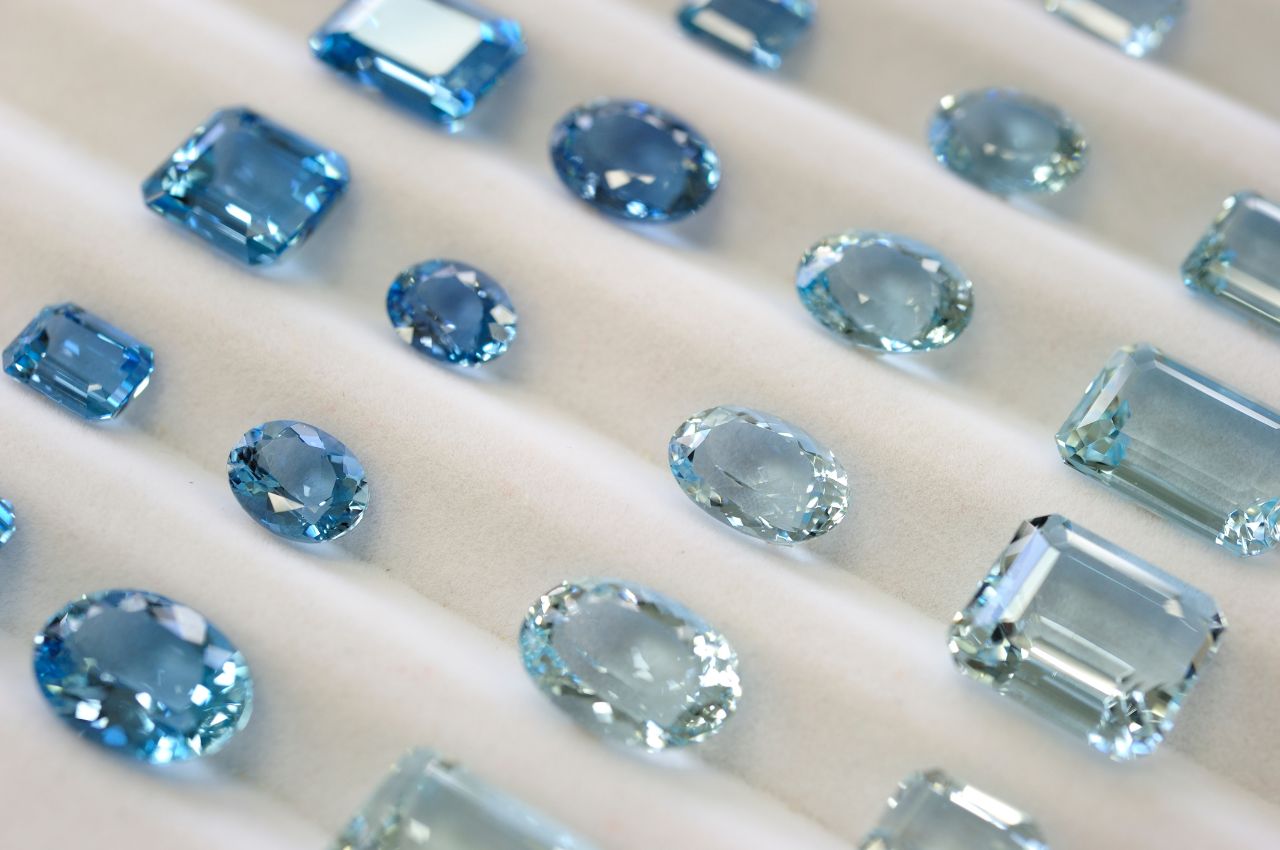
Table of Contents
Aquamarine is well-known for its blue color, so much so that the very word ‘aquamarine’ refers to its specific shade of blue. This March birthstone is a member of the illustrious beryl family and is closely related to emerald and morganite. Aquamarine is quite durable and suits almost all types of jewelry.
If you’re thinking of adding an aquamarine to your collection, check out this guide to buying aquamarine to learn all about this quintessential blue stone.
How to Evaluate Aquamarine Using the 4Cs
When purchasing an aquamarine, the 4Cs of color, clarity, cut and carat will assist you in evaluating the stone.
1. Aquamarine Color
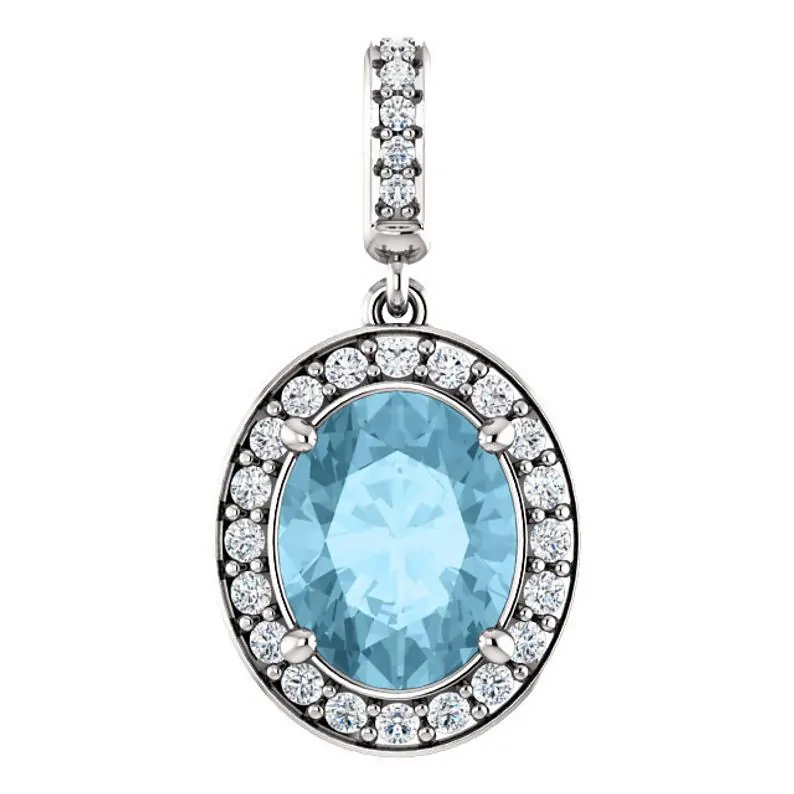
Aquamarine stones are well known for their varying blue hues from light, nearly translucent blue to a deep rich blue. In its natural state, aquamarine is commonly bluish with green hues. The darker, more vibrant shades fetch higher prices and are generally more desirable.
The common deep blue color we often see is achieved by heating the gemstone to a high temperature. Heating the aquamarine to different temperatures will change the color greatly. Anything between a light blue-green stone to a darker blue stone is desirable.
The shades of aquamarine often bring to mind the colors of the sea, which is fitting because the name aquamarine is derived from a Latin term meaning ‘water of the sea’.
2. Aquamarine Clarity
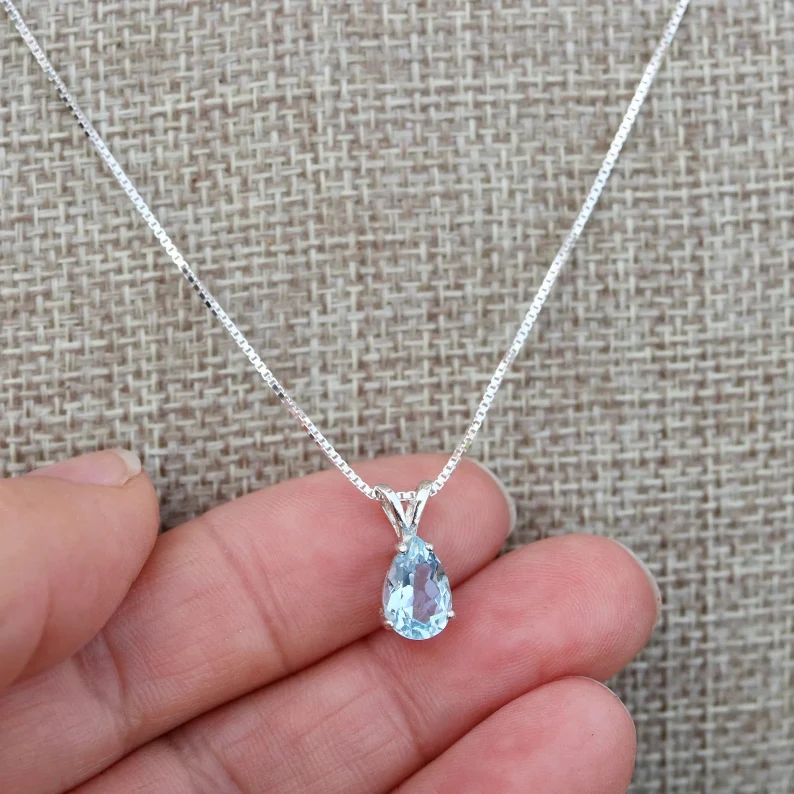
Clarity is determined by how transparent and clear the gemstone is. The fewer inclusions and foreign matter within the crystal, the higher the clarity and the more desirable the stone.
When there are inclusions present in the stone it becomes a little more difficult to heat the stone to achieve certain colors and to cut to an ideal shape. The most valuable pieces of aquamarine will have no visible inclusions. Aquamarine, in general, has excellent clarity and transparency, compared to its cousin emerald. This results in a more durable and stable stone.
3. Aquamarine Cut
Due to its color and clarity, properly cut aquamarine gemstones can have incredible shine and brilliance, accentuating the aquamarine’s naturally existing beauty.
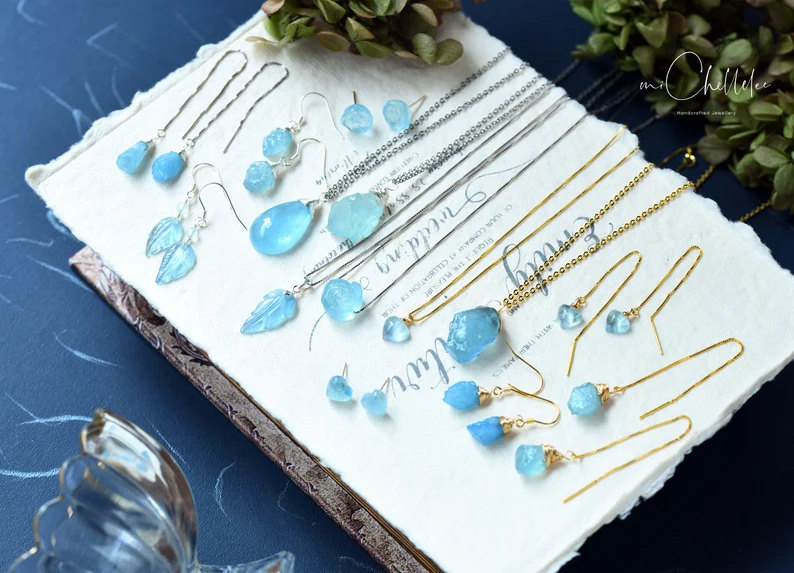
Aquamarines can be cut into all popular gemstone shapes, although brilliant cuts are often chosen due to the stone’s sparkle and light performance. Round and princess cuts are beautiful for aquamarine, as well as a cushion, pear, marquise, trilliants, and other fancy cuts. Because of its transparency, aquamarine also looks beautiful when shaped into cuts that have wide, open facets such as emerald, Asscher or old cushion cuts.
4. Aquamarine Carat Size
Aquamarines are found in a range of sizes and are quite an abundant gemstone. You can choose the gemstone size based on your preference, but you’ll notice that small aquamarine gemstones are rarely used as accent stones in jewelry, as they often tend not to have a vibrant hue.
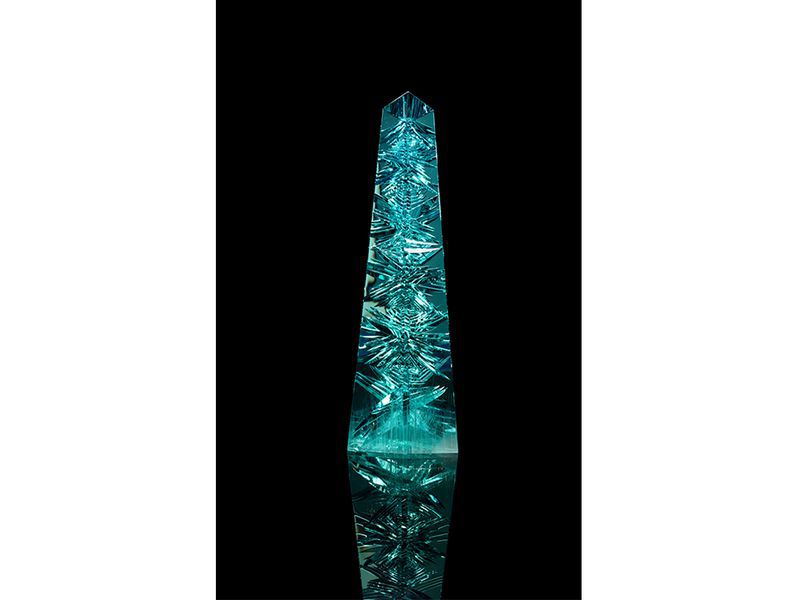
The largest aquamarine ever found was mined in Brazil and weighed about 60 pounds. It is now in the Smithsonian Institute National Museum of Natural History in Washington DC.
Aquamarine Jewelry
Due to its durability and wearability, aquamarine suits most types of jewelry. Whether you have minimalist or maximalist tastes, aquamarine rings can be found in a range of styles.
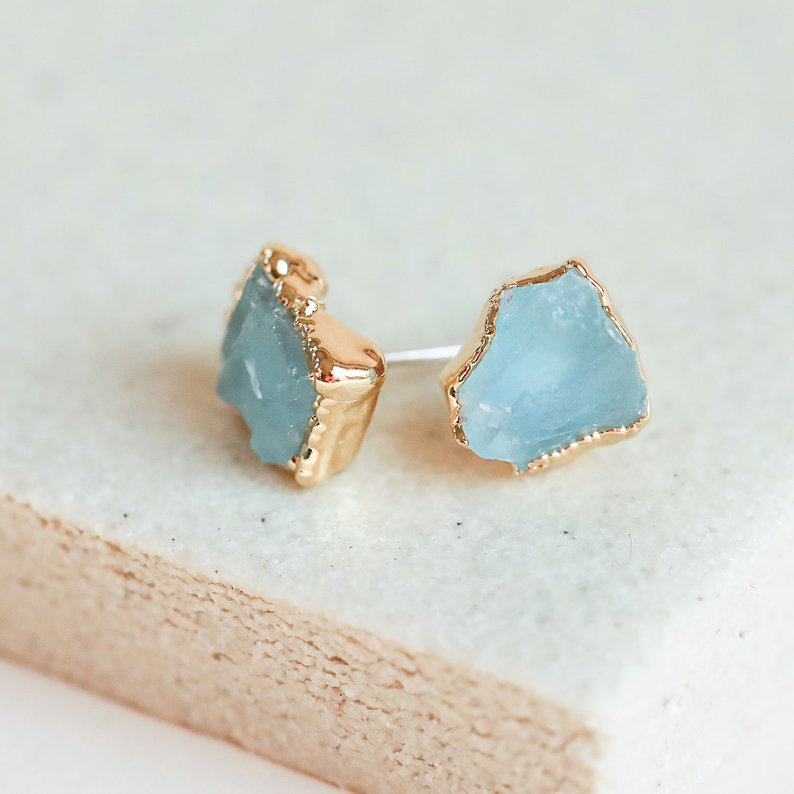
The gemstone is hard enough to be worn in rings although it’s important to take care not to expose the ring to knocks and bumps. If choosing aquamarine for an engagement ring, ensure that the ring is set in a protective setting and maintained carefully.
Most aquamarine jewelry will be crafted using silver-hued metals, as the silver-blue combination seems to be the most popular. There is less of a contrast and the jewelry looks modern.
However, if you want a unique, eye-catching look, consider an aquamarine set in rose or yellow gold. This gives a vintage, classic feel to the piece.
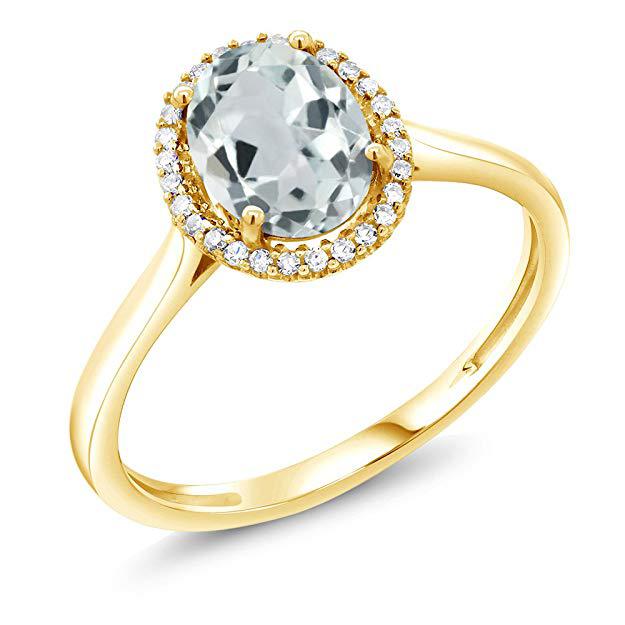
Because aquamarine is the birthstone for March, it is a great gift idea for March-born babies. Some retailers, like Blue Nile, offer birthstone jewelry collections that are reasonably priced and ideal for casual or everyday wear.
Should I Buy an Aquamarine Engagement Ring?
Engagement rings are pieces of jewelry that most people plan to wear on a regular basis. While aquamarine looks stunning, it’s also important to consider its durability.
An aquamarine ranks at 8 on the Mohs scale, meaning that it is quite a hard and durable gemstone. However, it’s nowhere as hard as diamonds and much lower in durability than sapphires and rubies.
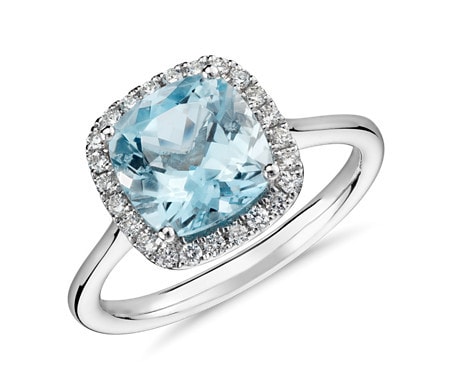
If you’re looking for an aquamarine for your engagement ring, ensure that the ring is set in a protective setting and maintained carefully. Halo and bezel settings are excellent because they offer an extra layer of protection to the stone. However, solitaire settings can expose an aquamarine to bumps, knocks, and hard impact which can damage the stone.
Before buying an aquamarine engagement ring, consider your lifestyle and how it’ll fit in with your daily work. For example, if you spend a lot of your time typing or writing, then a stone like aquamarine should be fine for you. But if you use your hands a lot and expose them to chemicals then opting for a harder stone might make it easier for you in the long run.
Aquamarine Treatments
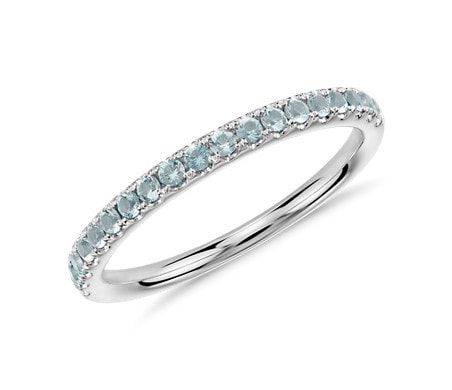
Although aquamarine is generally untreated, some crystals that hold yellow or green tints will be subjected to heat treatments in order to reduce these tints and enhance the blue color of the stone. This is a standard industry practice and not something to worry about. However, your retailer should be upfront about this and let you know that the stone has been heatedly treated.
Is My Aquamarine Fake?
While aquamarine is usually an easy gemstone to spot, it is important to be on the lookout for imitations. A common aquamarine imitation is a glass. There are several ways to determine whether an aquamarine gemstone is real or simply colored glass.
- The first thing to do is take a good hard look at your stone. If you find scratches on the surface of the gem it is most likely a fake. Aquamarine is a very hard stone (Mohs 8) and therefore is quite difficult to scratch. It is much harder than glass which has a Mohs ranking of just 5.5.
- The second step is to see if you can find any bubbles in your stone. If you see small air bubbles under the surface of the stone it is highly likely that it is colored glass. You will never find air bubbles in an aquamarine.
- Another way to check the stone’s authenticity is to gauge the temperature of the stone. Place it against your forehead and check to see if the stone is at room temperature or cold to the touch. If the stone does not feel cold it is probably not an aquamarine. Aquamarine will always feel colder than room temperature.
- If you are still uncertain of the quality and integrity of your piece, the most reliable thing to do is to take the stone to a professional jeweler and have them take a look.
Blue topaz is a natural stone that’s very similar to aquamarine. It’s sometimes passed off as aquamarine. These two gemstones can look identical although aquamarine is the more expensive of the two. Check out our article on aquamarine vs. blue topaz for more information.
Caring for Your Aquamarine
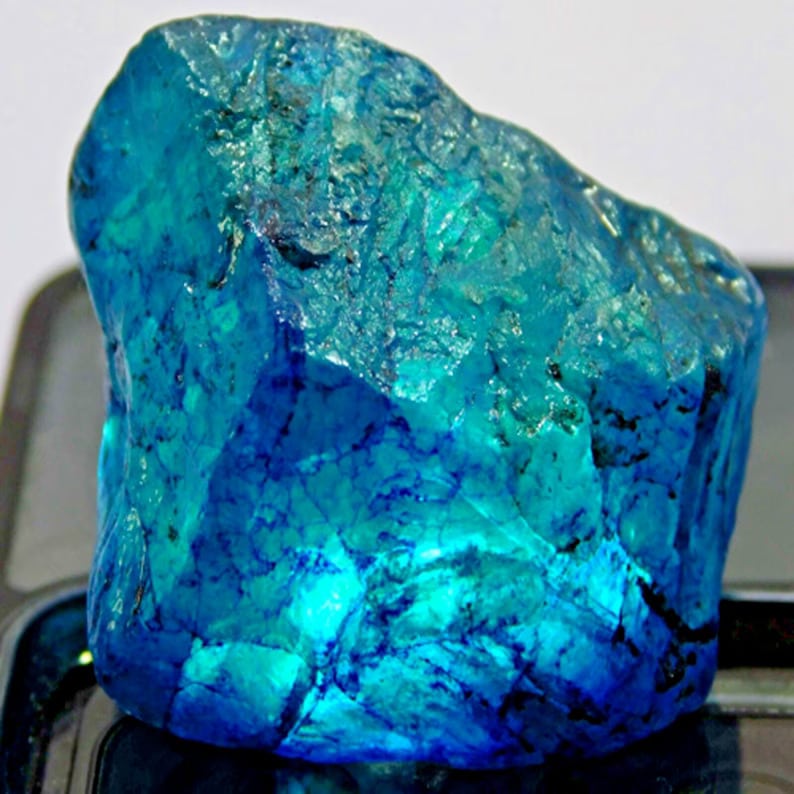
Caring for aquamarine stone or jewelry requires a gentle approach to ensure its beauty and longevity. Being a relatively hard gemstone with a Mohs scale rating of 7.5 to 8, aquamarine is resistant to scratches, but it’s not invulnerable. To maintain its sparkle and clarity, keep it away from harsh chemicals, like chlorine or bleach, which can damage its surface.
When cleaning your aquamarine jewelry, use lukewarm water with a mild dish soap or a jewelry cleaning solution. A soft-bristled brush can be used to gently remove any dirt or oils from the stone’s surface. Always rinse the stone thoroughly and dry it with a soft, lint-free cloth. Store your aquamarine jewelry separately in a fabric-lined jewelry box or wrapped in a soft cloth to prevent it from getting scratched by harder gemstones or metals.
Avoid exposing aquamarine to extreme temperature changes or direct sunlight for prolonged periods, as this can cause discoloration or fractures. With the right care, your aquamarine stone or jewelry will retain its beauty and elegance for years to come.
Aquamarine Meaning
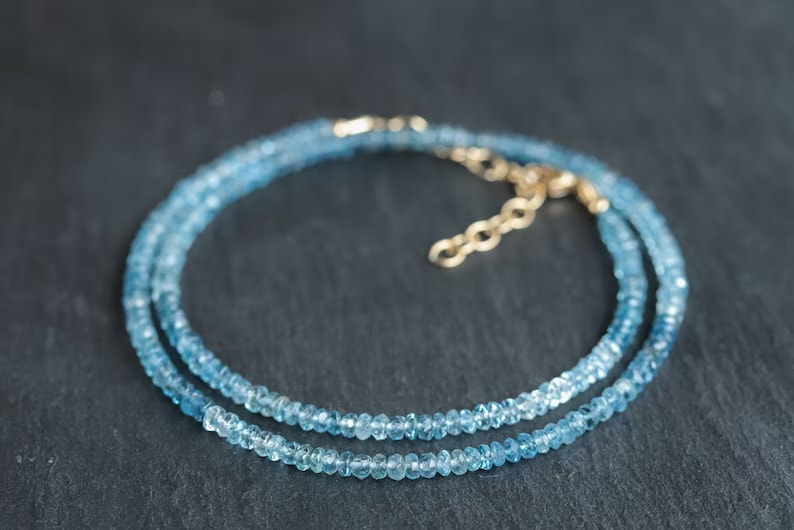
Aquamarine has always been a showstopper, not just for its stunning looks but for the calm vibes it brings. Many see its cool blue-green shade as a sign of peace and a good cleanse. There are numerous tales about this gem’s magic powers. Some old-timers even thought that if you dunked an aquamarine in water, the mix could fix everything from a case of hiccups to more serious issues.
Back in the day, this stone was very popular among sailors. They felt it was like a good luck charm that helped them sail smoothly, even when the seas got rough. Its color, so like the ocean, might have had something to do with that belief. Rumor had it that wearing an aquamarine could keep you looking young!
In medieval times, aquamarine was the go-to for wedding bling. It was all about new love, happiness, and the hope of forever. And even now, with all we’ve learned about gems over the years, there’s something about aquamarine that still feels kind of magical.
Where to Buy Aquamarine Jewelry
When choosing aquamarine jewelry, always purchase from a reputable and trustworthy vendor with very good after-sales policies. The vendor should disclose any treatments or enhancements that the stone has undergone.
- James Allen: Renowned for its high-quality gemstones and jewelry, James Allen offers an impressive selection of aquamarine rings, earrings, and other jewelry items. Their detailed imagery and 360-degree videos ensure that you know exactly what you’re purchasing.
- Blue Nile: As one of the leading online jewelry retailers, Blue Nile boasts a diverse range of aquamarine pieces. Their streamlined website makes it easy to filter and find the perfect aquamarine jewelry, whether it’s for a gift or a personal treat.
- Etsy: A hub for artisans and vintage enthusiasts, Etsy offers a unique array of aquamarine pieces. From handcrafted jewelry by independent designers to vintage aquamarine treasures, the platform provides a streamlined shopping experience, emphasizing unique and personalized items.
- Amazon: This e-commerce giant offers a broad range of aquamarine products, from loose gemstones to finished jewelry pieces. The platform’s vastness means you can find both artisanal and vintage aquamarine items.
To learn more about these retailers, check out our article on the top online retailers.
How is Aquamarine Formed?
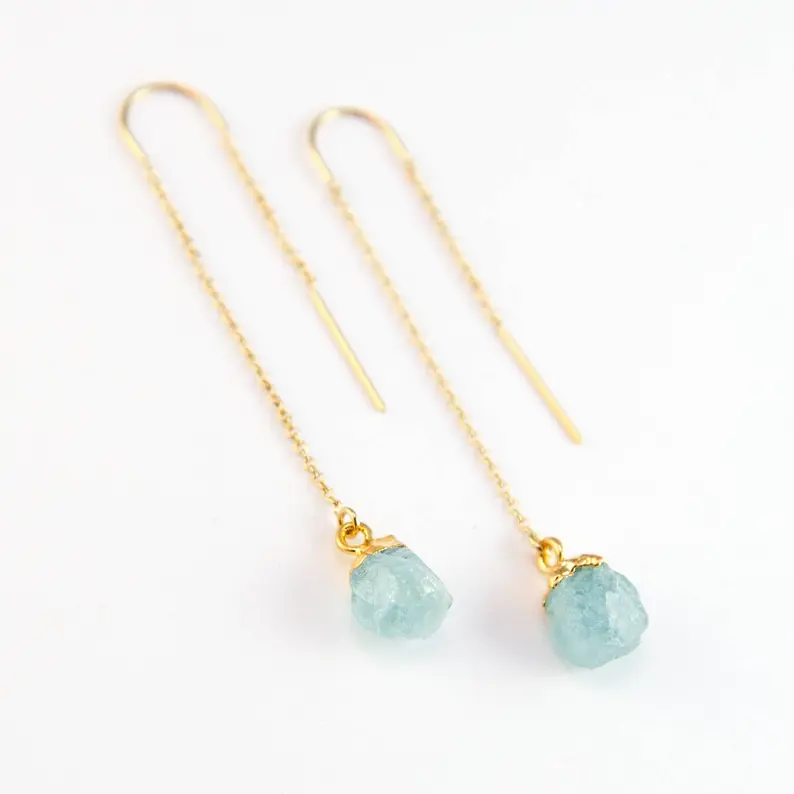
Aquamarine is formed in an interesting way. Deep inside the Earth, there’s a hot liquid rock called magma. As this magma cools down, it turns solid and creates big rocks. Inside these big rocks, small spaces or pockets are found and it’s in these pockets that aquamarine starts to grow.
The lovely blue color of aquamarine comes from iron, a metal found in the Earth. The more iron the stone has, the deeper its blue shade. Sometimes, deep underground, old rocks change when they’re squeezed or heated up. Aquamarine can form in these changed rocks too.
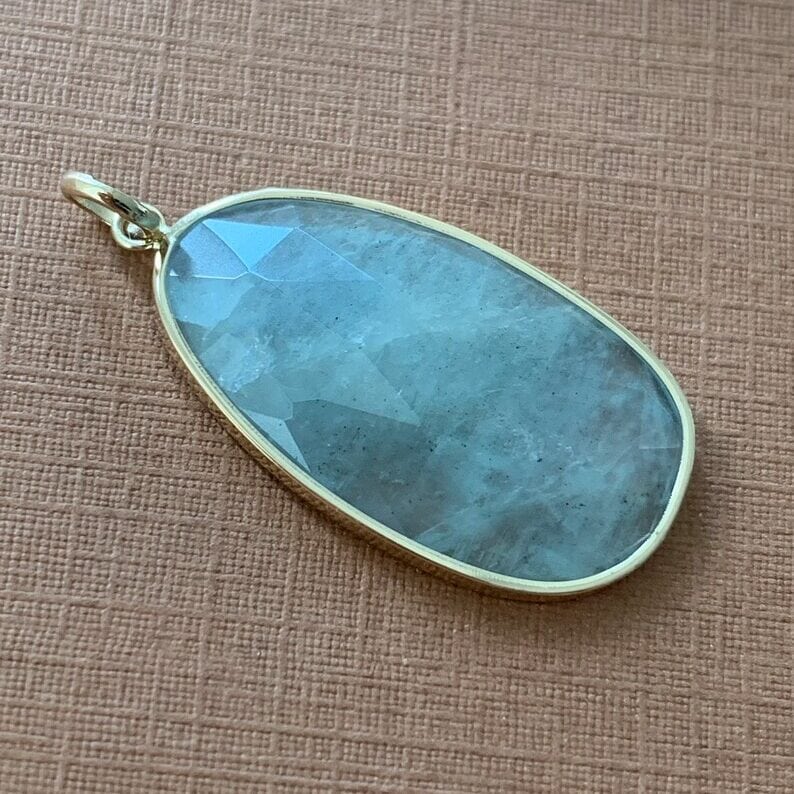
There’s another interesting way aquamarine comes to life. Imagine hot water traveling through tiny cracks deep inside the Earth. This water can carry materials that help create aquamarine. Over a lot of time, these stones move closer to the surface, especially when mountains break down. Then, they can be discovered in rivers or mines. From there, they’re polished and turned into the stunning jewelry many people love to wear.
As the magma pushes through little cracks and crevices in the rocks it reacts with the minerals present there and gemstones are formed. Aquamarine is formed in igneous rocks and the crystals are often highly transparent and flawless.
Where is Aquamarine Found?
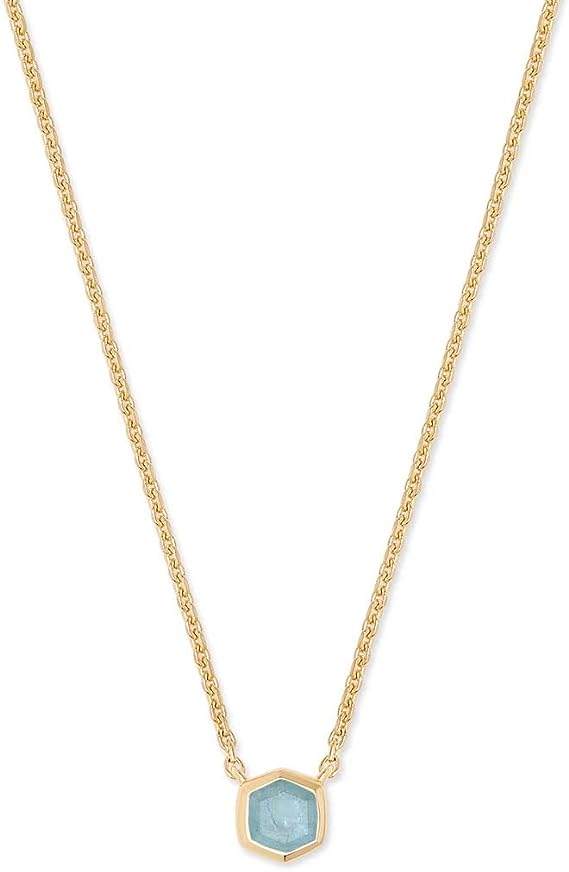
Aquamarine is found in various countries around the world. Its primary deposits are found in Brazil, which is the leading producer of this gemstone. The Minas Gerais region, in particular, is renowned for its large and vividly colored aquamarines. Other significant sources include the high-altitude regions of the Karakoram Mountains in Pakistan, where miners extract the stones from lofty peaks.
In Africa, countries such as Nigeria, Madagascar, Zambia, Mozambique, and Tanzania also have notable aquamarine deposits. Russia’s Ural Mountains and the United States, especially in Colorado and Wyoming, provide smaller yields. Aquamarines are typically found in granite pegmatites and, sometimes, in alluvial deposits where they are washed down by the action of water over time. This gemstone is widely distributed across different continents underlines its global appeal and significance in the gem trade.
Aquamarine Mineral Family
Aquamarine is a gemstone that belongs to the larger family of gemstones known as beryl. The beryl mineral family is illustrious and valued in the gemstone world as it also includes emeralds, morganites, and heliodors.
Wrapping Up
As a gemstone that mirrors the tranquil colors of the sea, aquamarine has become a symbol of calmness, clarity, and eternal youth. Whether you’re drawn to it for its beauty, its lore, or the promise of peace it offers, aquamarine remains a timeless choice for jewelry enthusiasts and collectors alike.


